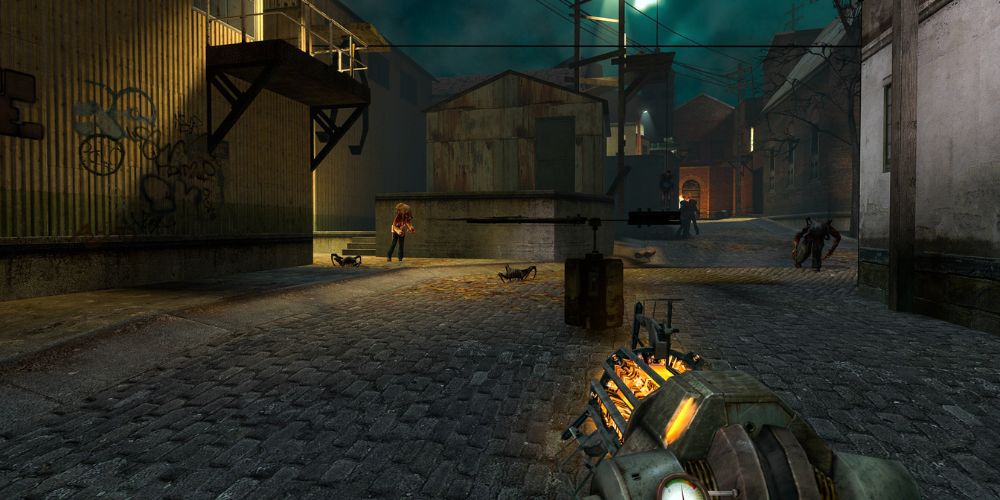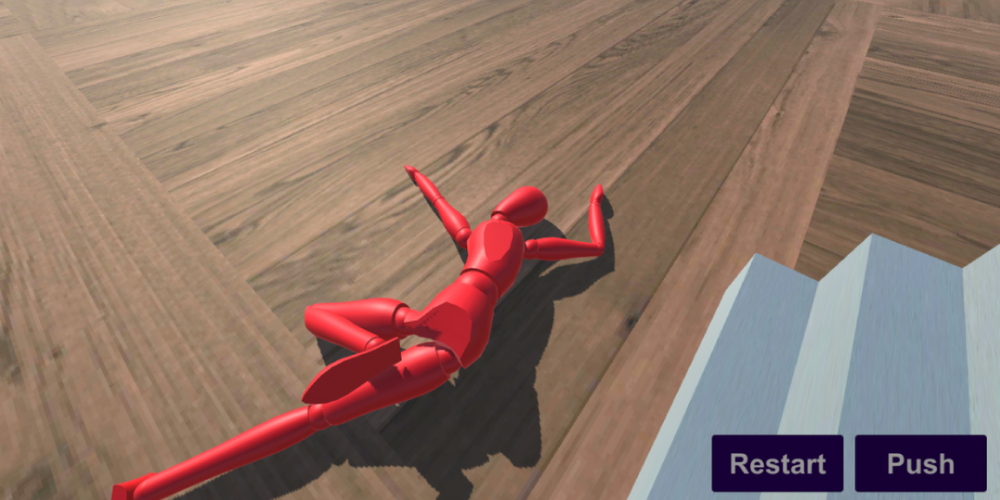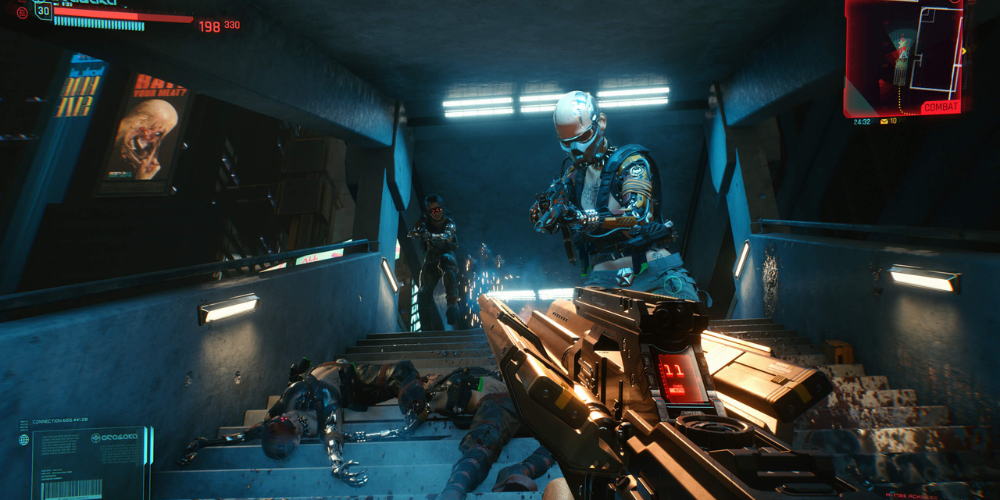
Introduction to Physics Engines
The landscape of video gaming has evolved dramatically over the last few decades, moving from simplistic mechanics to highly complex systems that provide deeply immersive experiences for players. At the heart of these immersive experiences are physics engines, sophisticated software components that simulate the laws of physics within a digital environment. The role of physics engines in creating realistic gameplay mechanics cannot be overstated, as they bring virtual worlds to life through accurate simulations of physical interactions.
The Birth of Realistic Physics in Games
The inception of physics engines in gaming can be traced back to the early 1990s when developers first began to explore the possibilities of integrating real-world physics into their titles. One of the pioneering attempts was the game “Prince of Persia,” which employed rudimentary physics-based animations. Over time, the demand for more realistic interactions led to the development of sophisticated physics engines, such as Havok and PhysX. These engines allowed for the precise modeling of complex phenomena like collisions, fluid dynamics, and ragdoll physics, laying the groundwork for realistic gameplay mechanics.

Real-Time Physics and Immersion
One of the primary benefits of integrating physics engines into gameplay mechanics is the heightened sense of immersion. Real-time physics allows for dynamic interactions between game elements, making the virtual world respond in a manner consistent with the real world. For instance, objects fall under gravity, characters respond to forces, and vehicles handle them realistically. This believable behavior creates a seamless and engaging experience for players, making them feel part of the game world.
Environmental Interactions and Emergent Gameplay
Physics engines facilitate a wide range of environmental interactions that can lead to emergent gameplay. Emergent gameplay refers to complex behaviors or outcomes that arise from simpler mechanics, often surprising both players and developers. A classic example is the use of physics-based weapons or tools that allow players to manipulate the environment creatively. Games like "Half-Life 2," with its iconic gravity gun, highlight how physics engines can be leveraged to offer unpredictable and varied gameplay experiences that go beyond scripted events.
Character Animation and Ragdoll Physics
Character animation has benefitted immensely from the development of physics engines, particularly through the implementation of ragdoll physics. Ragdoll physics allow for more natural and believable character movements by dynamically simulating the body's physical response to various forces. Instead of pre-animated death animations, characters in modern games can collapse in a variety of realistic ways, depending on how they interact with the environment. This technology enhances the lifelikeness of the game, adding another layer of immersion.

Vehicle Dynamics and Realistic Handling
Vehicle dynamics is another domain where physics engines play a crucial role. Games that feature driving, flying, or boating often rely on physics engines to simulate vehicle behavior accurately. The traction of tires, the impact of collisions, and the effects of different terrains are all computed in real time to offer a believable driving experience. Titles like the "Forza Motorsport" series showcase how detailed physics simulations can create a highly realistic and enjoyable driving experience, impacting player satisfaction and engagement.
Fluid Dynamics and Particle Effects
Advanced physics engines are also capable of simulating complex fluid dynamics, which can be crucial for several types of gameplay mechanics. Water, fire, smoke, and other fluids behave in predictable yet fascinating ways thanks to physics simulations. Games featuring natural hazards like floods, or those incorporating elements like lava or toxic gas, utilize these simulations to enhance realism and emergent gameplay. The ability to accurately model these elements adds another dimension to the gameplay, making the virtual world more believable.
Destructible Environments
Destructible environments represent one of the most engaging applications of physics engines, contributing significantly to the realism of gameplay mechanics. Titles like "Battlefield" and "Red Faction: Guerrilla" have popularized the idea of destructible environments where walls can be blown apart, buildings can crumble, and terrain can be altered. This capability relies heavily on accurate physics simulations to ensure that destruction behaves realistically, impacting gameplay and strategy in meaningful ways.

Challenges and Future Directions
Despite the numerous advantages, integrating physics engines into games is not without its challenges. The most significant obstacles include computational limitations and the complexity of simulating real-world physics without disrupting gameplay. However, advancements in hardware and software continue to push the boundaries, providing more opportunities for innovative applications of physics engines. The future holds immense potential, with expectations of even more realistic and interactive environments as both the underlying technology and our understanding of physics in digital realms improve.
Summary
The role of physics engines in realistic gameplay mechanics is pivotal, influencing various aspects from character animation and vehicle dynamics to environmental interactions and fluid dynamics. By simulating the laws of physics, these engines add depth, realism, and immersion to virtual worlds. While challenges remain, the ongoing advancements in technology promise an exciting future where the gap between real and virtual continues to narrow. As developers and gamers explore new possibilities, the contributions of physics engines will undoubtedly remain a cornerstone of immersive and engaging gameplay experiences.
